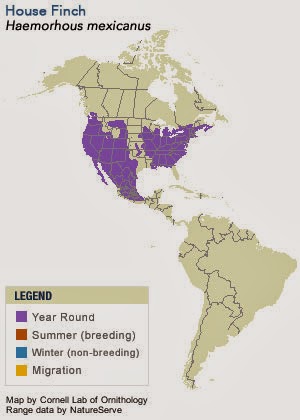GANG GANG COCKATOO

GANG GANG COCKATOO GANG GANG COCKATOO VIDEO ------\|/ Species Profile Genus: Callocephalon Species: fimbriatum Size: Adult Weight: 33-35cm (12.8-13.6 in) 240-330g (8.4-11.5 oz) Races including nominate: one Colourization Adult: Male-in general dark grey, the feathers scalloped pale grey/white; bright orange/red crest and head; secondary coverts suffused dull green; dark grey tail. Bill horn in colour. Eye dark brown. Female-dark grey head and crest; upperparts strongly barred with pale yellow, underparts heavily barred orange to green/yellow; undertail barred grey/white. Colourization Juvenile: As in female but with more red in crest (male) and dark grey crest (female); crest shorter with less filaments; more evident barring on tail. Call: Described as croaking screech. Soft growling while feeding. Care in Captivity Pet Suitability: Tends to feather pluck, avid chewers, playful. Captive Status: Uncommon Longevity: 60 or more year


